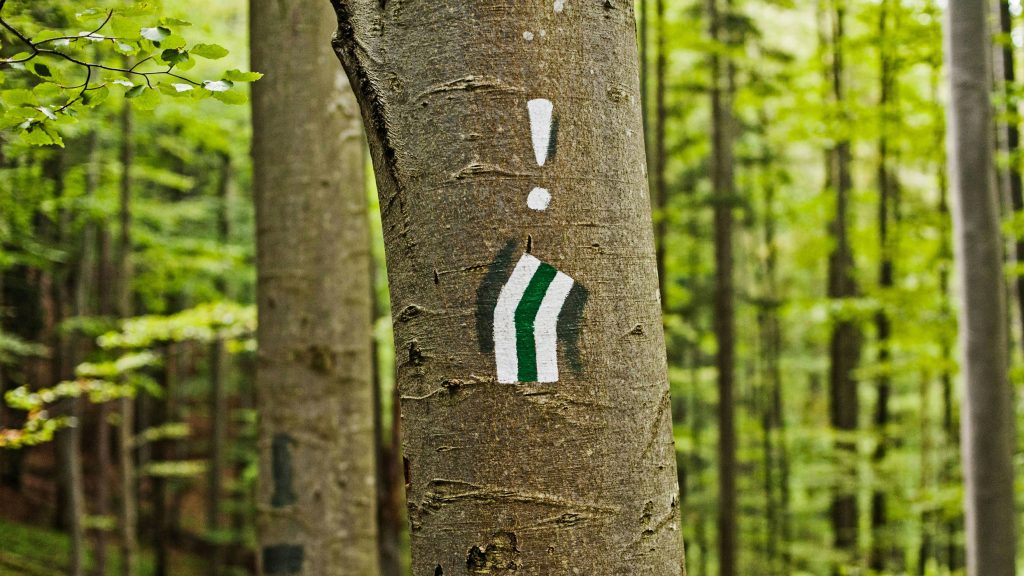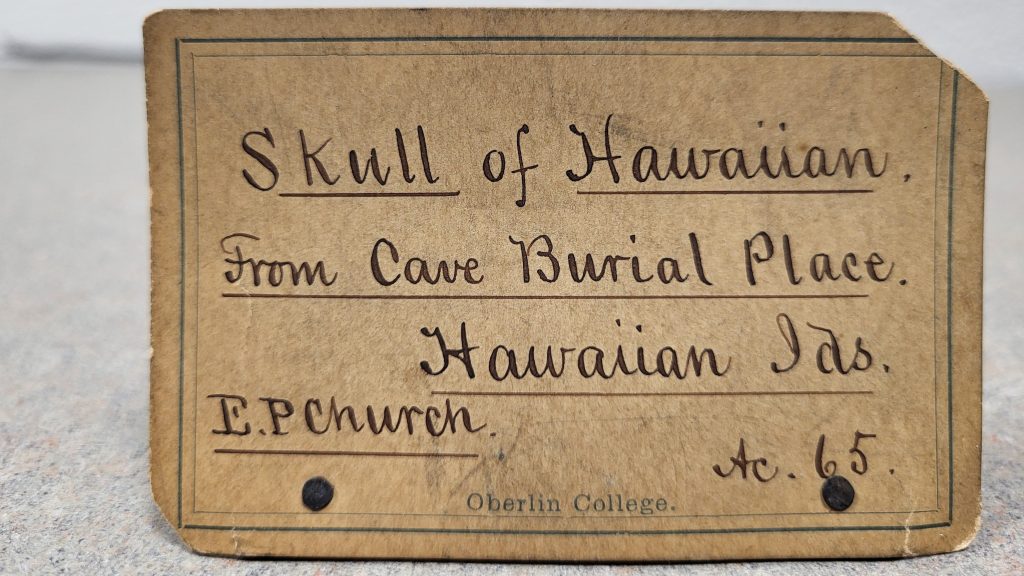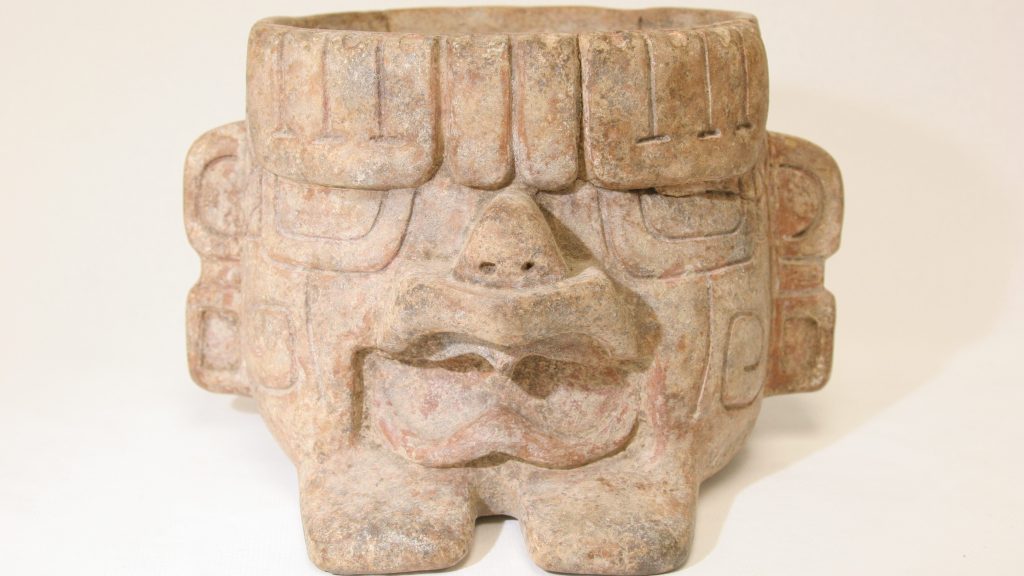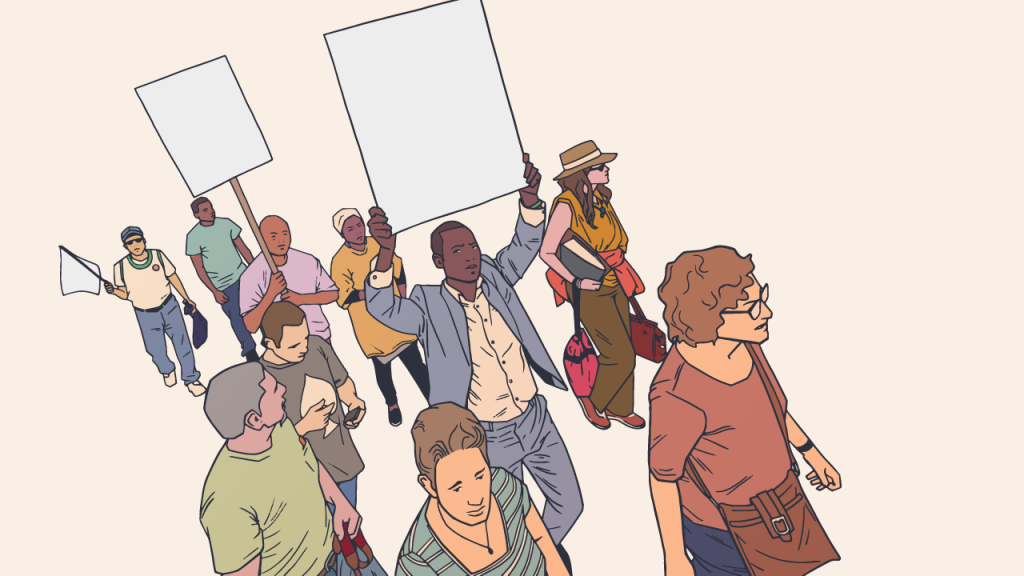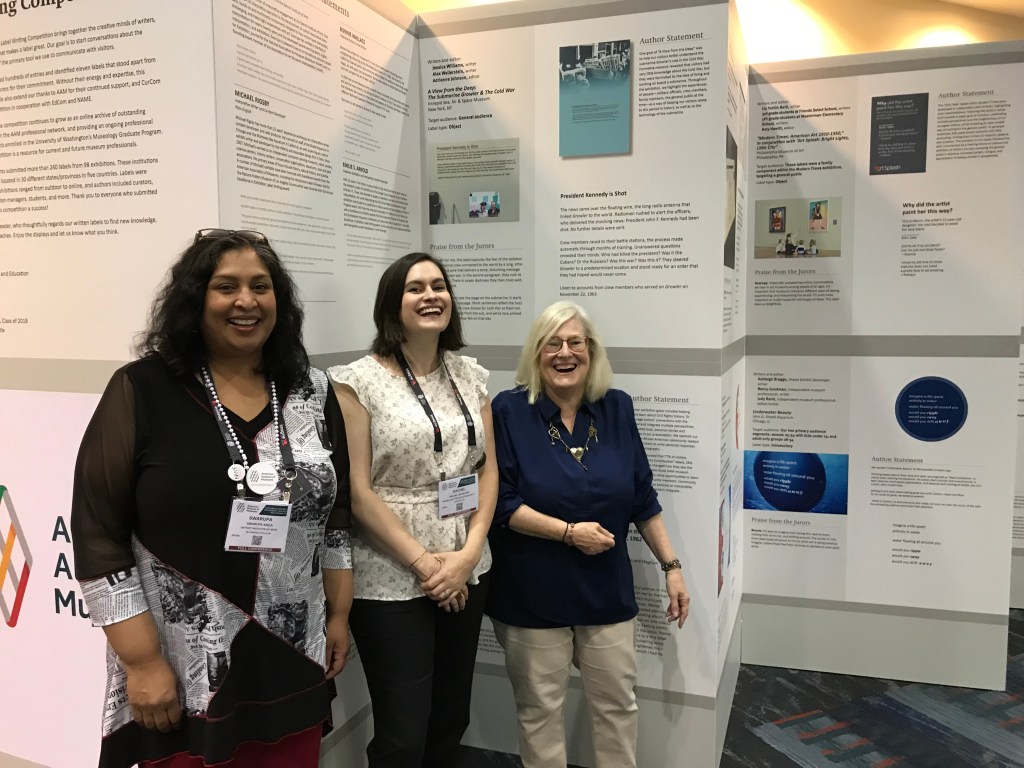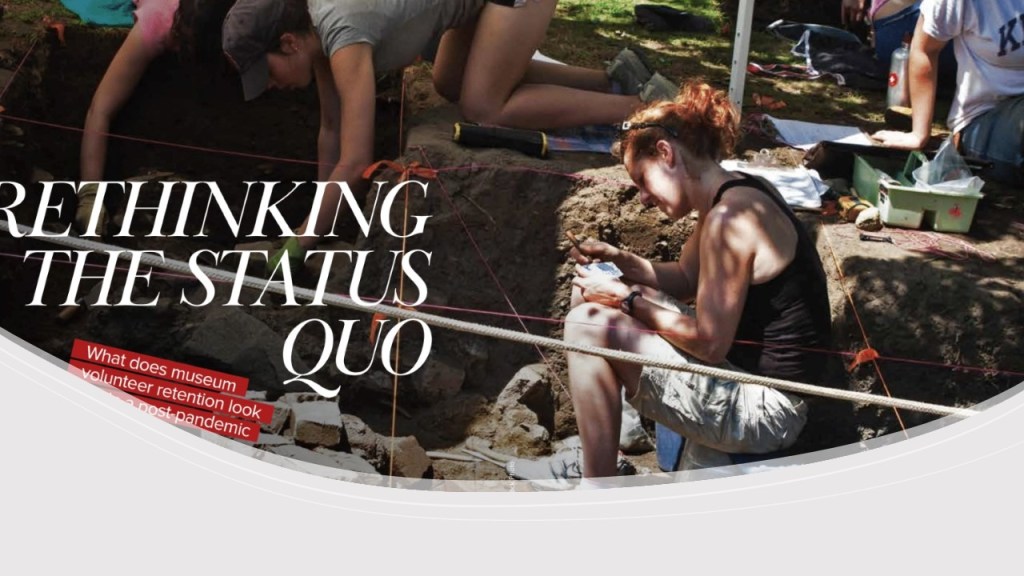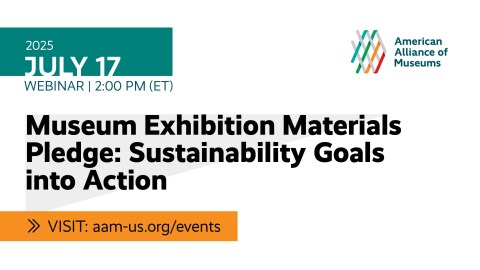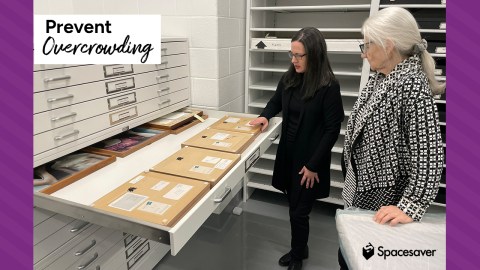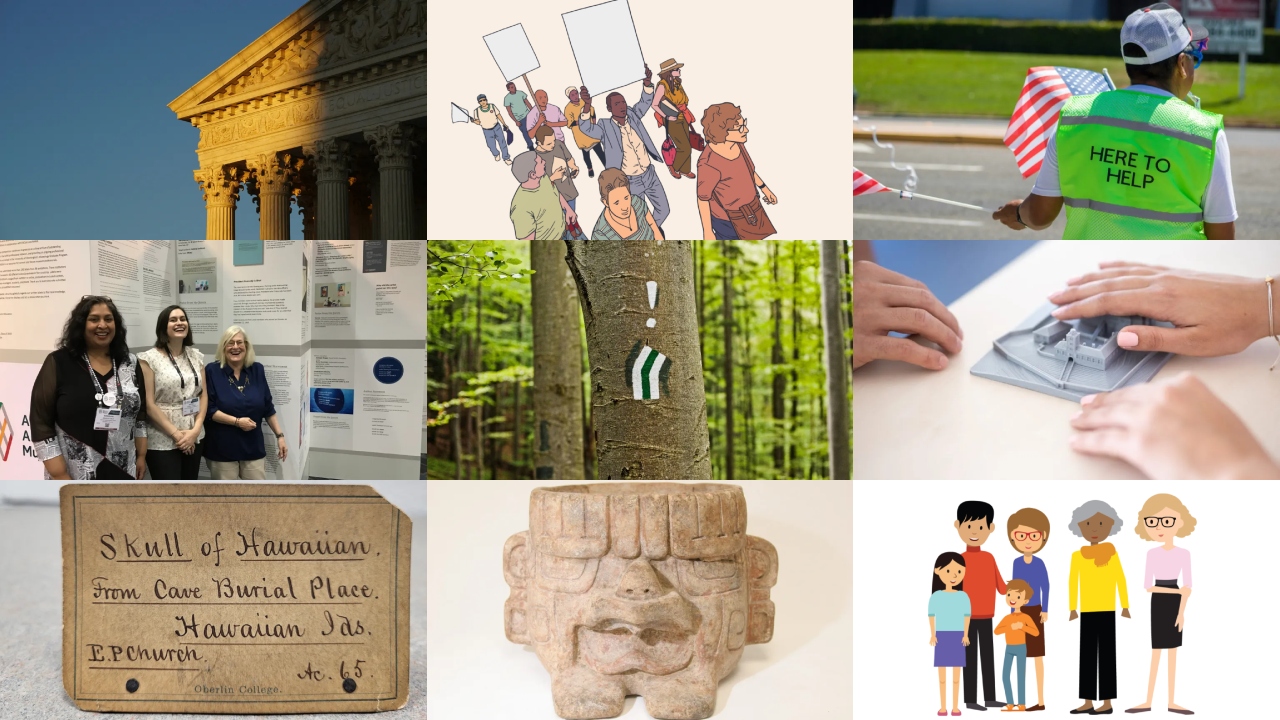
The museum field has emphasized ethics and standards for at least a century—in fact, the need to solidify them was one of the primary reasons for the founding of AAM in 1906. And yet, it’s fair to say we live in a time of heightened focus on these areas. In recent years, many museum people have begun to assert that the standards we’ve long upheld—such as the Native American Graves and Repatriation Act, the Americans with Disabilities Act, or the Equal Employment Opportunity Act—should represent the ground floor of ethical or values-based practices, not the ceiling. Across the field, our colleagues are asking themselves how they can go beyond legal minimums of compliance and create structures, practices, and experiences that are truly inclusive, reparative, and even transformative.
The most-read posts on the AAM website this year reflect this focus. Whether discussing innovative approaches to descendant community relationships, accessible exhibition experiences, inclusive volunteer program structures, or excellent label writing, they speak to a will to break from the ways we’ve “always done things” and forge more sincere, committed institutions. Without further ado, here were the ten most-read posts across our digital platforms.
1. A Growing Backlash to DEI
By Elizabeth Merritt
As diversity, equity, and inclusion initiatives have accelerated in American institutions, a small group of activists has mounted a backlash movement arguing they discriminate against majority groups, yielding significant legal victories. This post outlines how this movement has exploited minor rifts in public opinion, and how museums can navigate around these rifts while promoting progressive practices.
2. Content Warnings in Museums and Galleries: Taking a Proactive Approach
By Jackie Armstrong
Should museums warn visitors about sensitive content in advance? It’s a matter of frequent debate among staff, according to an advocate for trauma-informed museum practices. This post explains why she believes misconceptions may be getting in the way of action, and her advice on best practices for writing your own content warnings.
3. When the Ancestors Call to You
By Isabel K. Handa & Amy V. Margaris
Through an unexpected set of circumstances, an Oberlin College student and professor teamed up in 2023 to return a skull from the college’s ethnographic collection to the person’s native Hawaiʻi. This post, written as a dialogue between the student and professor, outlines how the emotional repatriation experience reshaped collections protocol at the school.
4. Out of Sight: How Museums Can Harness the Blind Perspective to Enrich Visitor Experiences
By Violet Rose Arma
Blind people enjoy the benefits of a good museum experience as much as anyone else, but they’re often held back from them by the field’s ingrained reliance on visual information. This post explores how museums are harnessing their perspectives to make richer, more multisensory experiences for everyone.
5. Demographics of US Museum-Goers: A 2024 Annual Survey of Museum-Goers Data Story Update
By Jessica Strube
What does the average museum-goer look like? The answer is changing, as new data from this year’s Annual Survey of Museum-Goers shows. This illustrated Data Story shares what the results reveal about trends in educational attainment, race and ethnicity, and age and life stage.
6. How to Transform a Volunteer Program in Six Steps
By Joseph O’Neill
Is your volunteer program suffering from declining participation, stagnant demographics, or confusing reporting structures? If so, it may be time for a major update. This post provides a simple framework for making effective changes, based on the advice of volunteer managers who have navigated transition.
7. Consensual Curation and Our Common Future
By Tamara Serrao-Leiva
As the pendulum has swung on repatriation and restitution, museums have been locked into a binary between holding onto collections and letting them go. But are these really the only options? In this post, one curator shares why she believes the future lies in a middle ground of collaborative agreements, and how she’s worked to develop them with tribal and international governments in recent years.
8. Every Museum Needs a Civic Strategy. Here’s How to Find Yours.
By Sarah Jencks
If you think your museum has nothing to do with civics, you may need to expand your definition of the term. This post shares why you should consider getting into the “democracy business” by connecting the stories you tell to the issues your community cares about.
9. Striving for Excellence in Exhibition Label Writing
By John Russick and Jojo Galvan Mora
Despite all that’s changed in museum work over recent decades, one thing remains the same: We still rely on written labels as our primary method of communicating with visitors. How, then, can we write copy that lives up to this role, instead of being “overly long, unclear, and uninspiring”? In this post, the former organizers of AAM’s label-writing competition share what they’ve learned.
10. Rethinking the Status Quo
By Jenny Woods, Brandi Shawn-Chaparro, and Abbey Earich
Volunteer programs are facing worrying trends, with long-serving volunteers declining to return from COVID closures and few new recruits stepping up to fill their shoes. What’s behind these phenomena, and how can museums adapt? In this Museum magazine article, three seasoned volunteer managers share their strategies.


